Содержание
- 2. BACKGROUND The Communicative Approach emerged in the early 1970s as a result of the work of
- 3. GOALS To become communicatively competent To use the language appropriate for a given social context. To
- 4. OBJECTIVES The main objective of CLT is to increase the communication ability of the learners in
- 5. THEORY OF LEARNING The goal of language teaching is to develop what Hymes (1972) referred to
- 6. THEORY OF LANGUAGE Theory of language : language is for communication and linguistic competence and the
- 7. PRINCIPLES Whenever possible authentic language should be introduced The target language is a vehicle for classroom
- 8. PRINCIPLES 5.Communicative interaction encourages cooperative relationships 6.The social context of the communicative event is essential in
- 9. EVALUATION A teacher evaluates not only the students’ accuracy, but also their fluency. He can informally
- 10. MATERIALS For beginner students it is possible to use realia with out a lot of language.
- 11. TECHNIQUES Communicative language teaching uses almost any activity that engages learners in authentic communication. functional communication
- 12. TEACHER’S ROLE The teacher facilitates communication in the classroom.(Facilitator) During the activities he acts as an
- 13. STUDENT’S ROLE Negotiator. Since the teacher’s role is less dominant than in a teacher-centered method, students
- 14. TEACHER- STUDENTS INTERACTION
- 15. USE OF THE MOTHER TONGUE Can be used. However, whenever possible the target language should be
- 16. ERROR CORRECTION IN CLT CLT leads an effective transfer in error correction in the methods of
- 17. ADVANTAGES Communicative approach is much more pupil-orientated, because it is based on pupils’ needs and interests.
- 18. DISADVANTAGES It pays insufficient attention to the context in which teaching and learning take place The
- 21. Скачать презентацию



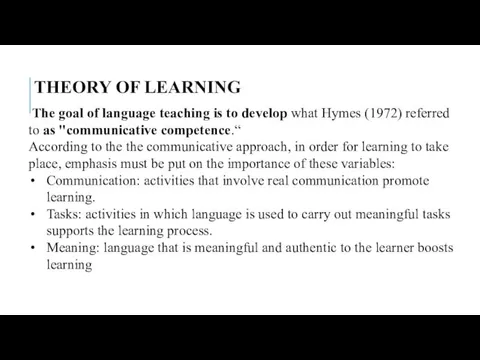
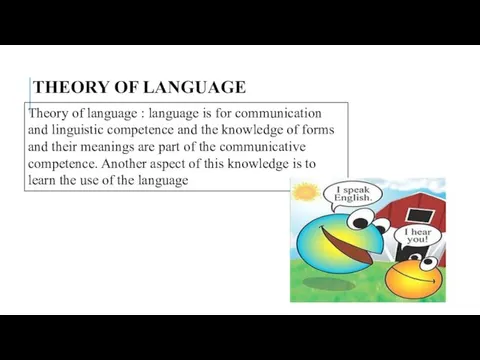
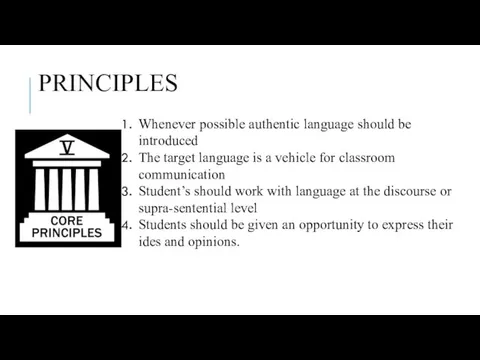

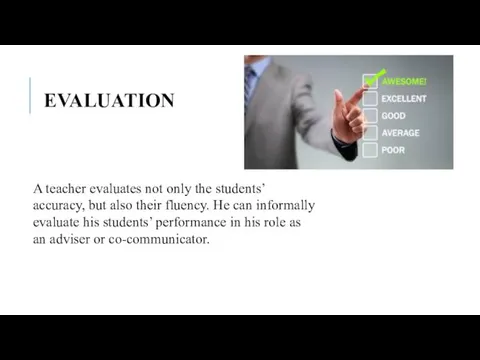
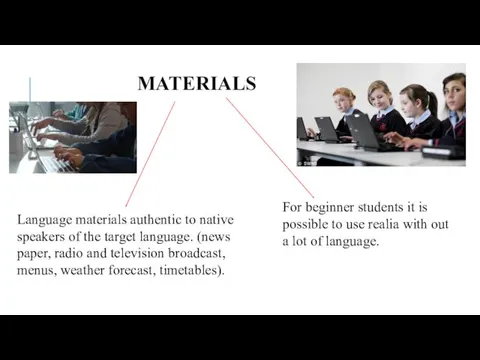
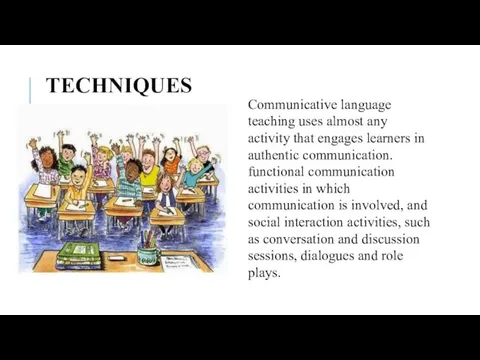
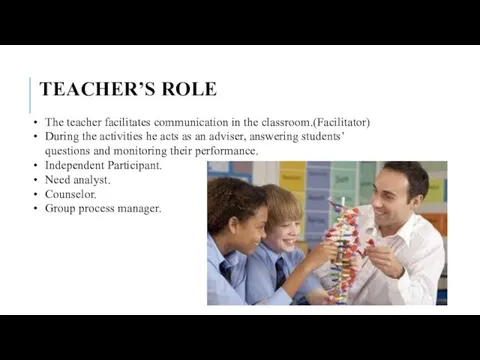
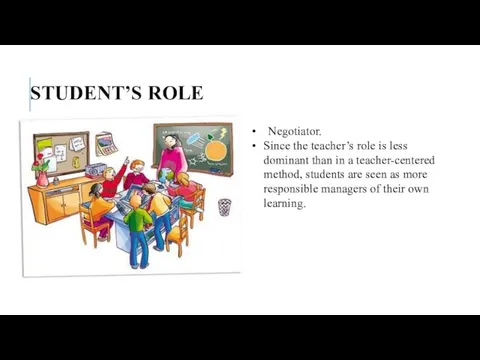
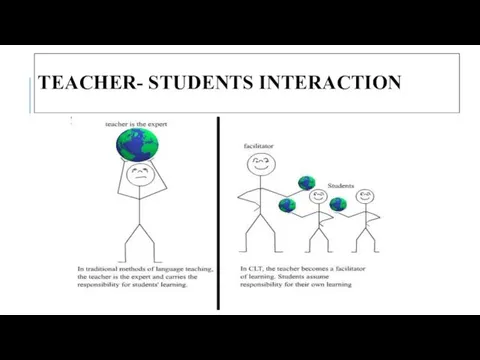
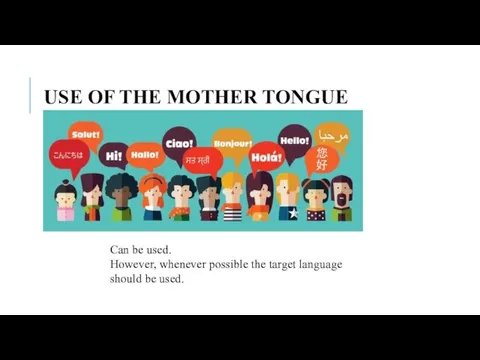
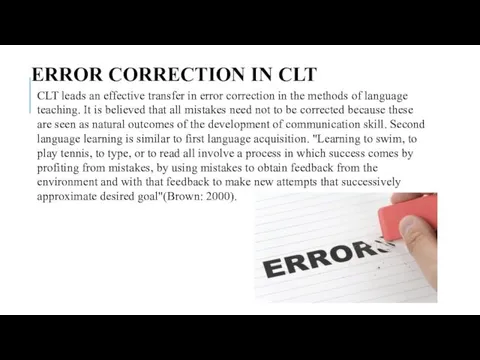

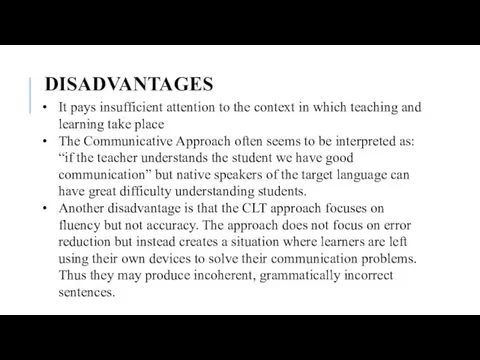

 Степени сравнения прилагательных. Adjectives. Degrees of Comparison
Степени сравнения прилагательных. Adjectives. Degrees of Comparison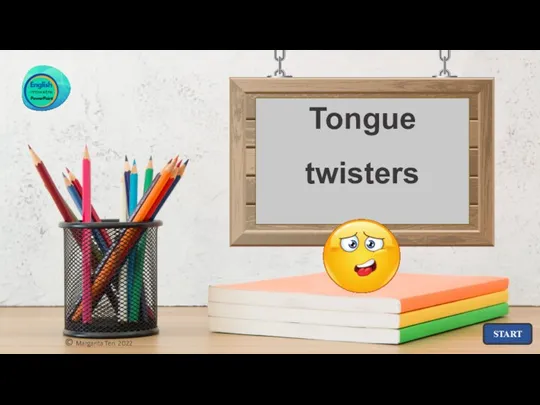 Tongue twisters
Tongue twisters What’s new in C# 7
What’s new in C# 7 State Transition Testing Technique Training
State Transition Testing Technique Training Как написать письмо
Как написать письмо What are you going to do during your holidays?
What are you going to do during your holidays? Артикли – особые (служебные) частицы, употребляемые при именах существительных
Артикли – особые (служебные) частицы, употребляемые при именах существительных Страна Шотландия
Страна Шотландия Spotlight 2 кл
Spotlight 2 кл Spring
Spring Trick or treat?
Trick or treat? Direct and indirect (reported) speech
Direct and indirect (reported) speech Staff of a restaurant
Staff of a restaurant The United Kingdom of Great Britain and Northern Ireland - Соединенное королевство Великобритании и Северной Ирландии
The United Kingdom of Great Britain and Northern Ireland - Соединенное королевство Великобритании и Северной Ирландии цвета 27.01
цвета 27.01 Притяжательные местоимения
Притяжательные местоимения Simple past tense. Affirmative and negative form
Simple past tense. Affirmative and negative form Enjoy English 4. Unit 2. Enjoying your home
Enjoy English 4. Unit 2. Enjoying your home Present simple
Present simple Do you enjoy congratulating people?
Do you enjoy congratulating people? Great Britain
Great Britain Passive voice
Passive voice Virtual reality
Virtual reality Эссе. Задание 38
Эссе. Задание 38 Australia is a fascinating country
Australia is a fascinating country Итоги муниципального этапа ВcОШ по английскому языку 2014 - 2015 учебного года
Итоги муниципального этапа ВcОШ по английскому языку 2014 - 2015 учебного года The Present Simple Tense
The Present Simple Tense Present Tenses
Present Tenses